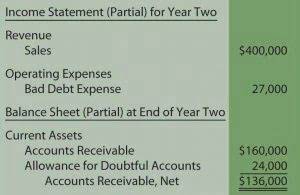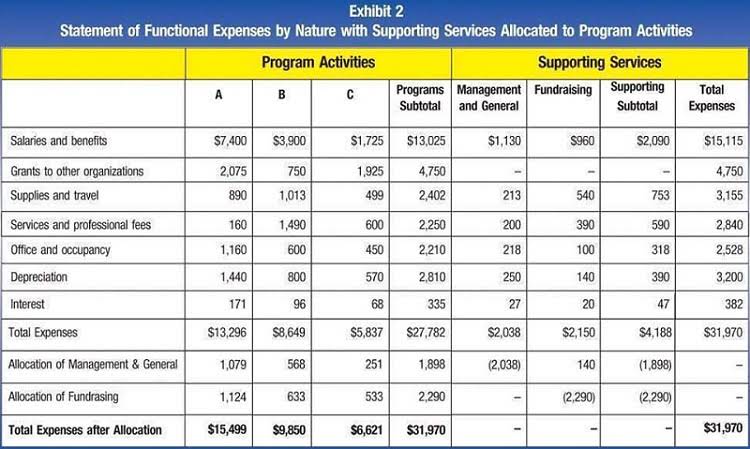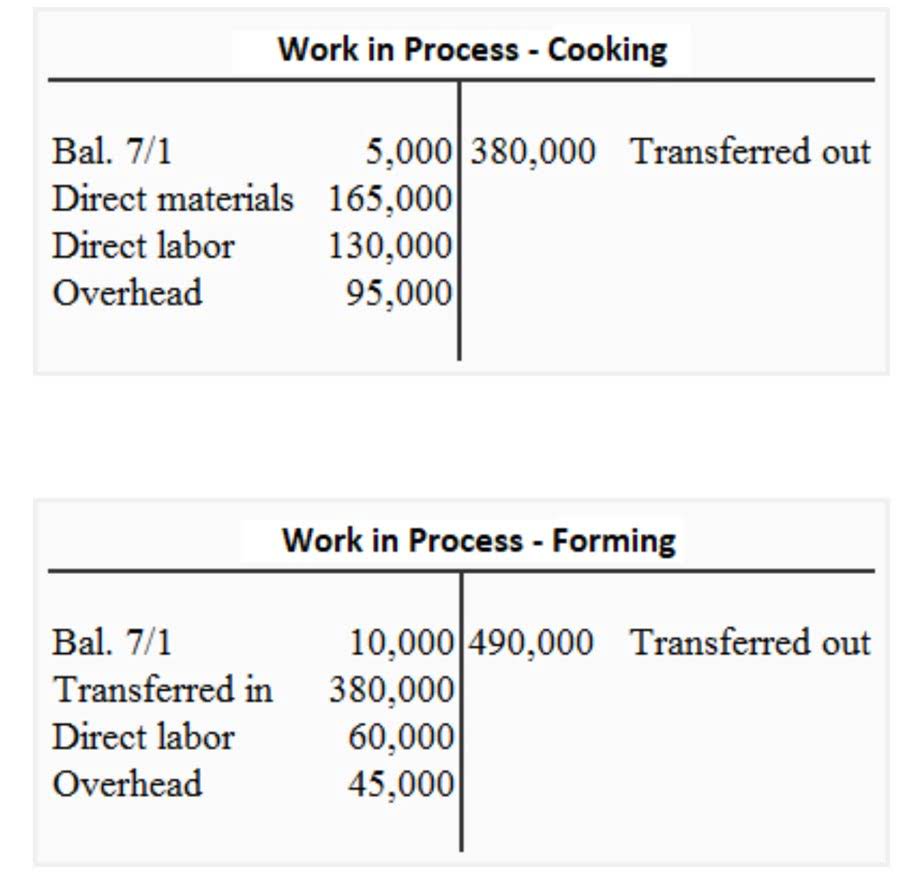SoftLedger is a comprehensive cloud accounting platform that has custom solutions for a wide variety of business sizes. It’s a jack-of-all-trades accounting software that covers all the bases. It offers integrated bank and credit card feeds, automated invoicing, and custom invoice formatting. Centime’s accounts receivable (AR) automation software makes it easy to share AR collections data with the board, management and key stakeholders to improve decision-making. Monitor your payment patterns and optimize payment terms with critical customers.
Simon Litt is the editor of The CFO Club, specializing in covering a range of financial topics. His career has seen him focus on both personal and corporate finance for digital publications, public companies, and digital media brands across the globe.
- Most accounting software solutions offer basic accounts receivable functionality, and in-house accounting teams can handle AR tasks internally.
- They power their smart workflow tools and collections forecasting with machine learning to get accurate, easy data for clients.
- In this post, we’ll cover the six best accounts receivable software to help small businesses reduce the number of days it takes to get paid.
- Collect payments in a timely manner to improve cash flow and financial health.
- Focus your collections efforts on the most impactful invoices for your business and unlock an accurate view of your future cash flows with Centime’s accounts receivable automation software.
Schedule automated, individualized payment reminders, and automate late payment dunning notices. With Centime’s AI-powered AR automation solution, you can automatically forecast and predict delays, and a commercial kitchen instantly view the impact of those delays on future cash flows. Streamline charging, set late fees, manage users, and communicate seamlessly. Automate each step of your billing, accounting and payment processes through one application that syncs with your existing ERP and CRM. Enable customers to pay invoices and balances, update billing information and view account documents in a branded portal.
FreshBooks pricing starts at $19 a month for the lite plan, which gives you access to unlimited invoices for up to 5 clients. Additionally, the premium plan at $60 a month allows you to invoice an unlimited number of clients. With FreshBooks, you can send beautiful invoices, track billable hours, and track when a customer has opened an invoice. Chaser has launched a new integration with Sage 50, an established accounting software designed for small and… Helpful onboarding team, easy to implement and about federal income taxes withheld on wages very happy with the results, reducing our debtor days from 60 to approx 24 in a matter of months.
Pros of Centime
Accounts receivable is a decentralized process that involves invoicing customers and collecting payments. However, the process is often complex and non-linear, involving tasks such as invoice presentment, payment acceptance, collections, and cash posting. Unlike accounts payable, accounts receivable is less of a predictable workflow since much of the process depends on variables controlled by the customer like when and how they pay. Most accounting software solutions offer basic accounts receivable functionality, and in-house accounting teams can handle AR tasks internally. However, AR automation software can help teams save time and can potentially improve AR efficiency. For large firms and any company with high transaction volume, software with accounts receivable automation functionality is recommended.
Start your risk-free trial
Instead, they look to software to handle accounts receivable processes for a fraction of the cost. Always have an updated, accurate view of future cash flows with what is а schedule c (irs form 1040) Centime. Our integrated 13-week cash forecast helps you plan and prioritize collections. Start your free trial today and experience the power of automation software for accounts receivables management. Collect payments in a timely manner to improve cash flow and financial health.
Global Payment Functionality Integrated into Your AR Automation
Once you send an invoice, FreshBooks automates the rest of the accounts receivable process. You can set the platform to send automatic late payment reminders at specified intervals and FreshBooks also allows you to customize the message for a personal touch. Businesses spend too much time manually monitoring debtors and chasing late payments. Discover how Chaser’s accounts receivables software can help solve this. Invoiced is where buyers and sellers come together to make B2B happen–invoices, quotes, orders, payments, and more.
Manual accounts receivable processes wrack up unnecessary costs and errors for businesses. Read on to learn the most common AR challenges and how automating your AR processes can help. In reality, the answer will depend on factors like your team’s unique needs, budget and current accounting system.












